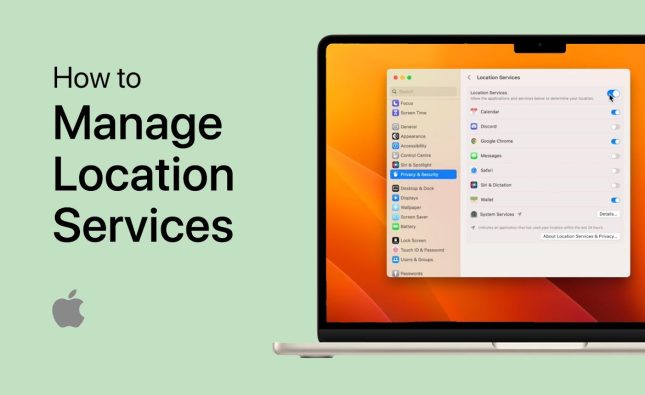
Technology has been rapidly transforming the education landscape, and the US education system is no exception. From the proliferation of online courses and remote learning to the rise of educational apps and gamification, technology is playing an increasingly important role in how students learn and educators teach. In this article, we’ll explore how the US education system is incorporating technology in the classroom, the challenges it faces, and the opportunities it presents.
One of the most significant changes brought about by technology in the classroom is the shift away from traditional teaching methods towards more personalized and student-centric approaches. With the help of digital tools, educators can now tailor their lessons to individual student needs, track progress, and provide feedback in real-time. This shift has led to a greater emphasis on project-based learning, critical thinking, and collaboration, skills that are becoming increasingly important in today’s job market.
Another area where technology is having a profound impact on education is in the proliferation of online learning platforms. Thanks to advances in cloud computing and high-speed internet, students can now access an incredible range of courses, tutorials, and educational resources from anywhere in the world. This has led to a democratization of education, where anyone with an internet connection can access high-quality education, regardless of their location or socioeconomic status.
However, despite the many benefits that technology brings to education, there are also several challenges that the US education system must navigate. One of the most pressing is the digital divide, which refers to the unequal access to technology and high-speed internet in low-income and rural communities. This divide exacerbates existing socioeconomic inequalities and hinders students’ ability to access high-quality education.
Another challenge is the need to ensure that technology is used in a way that supports, rather than replaces, traditional teaching methods. While technology has the potential to revolutionize education, it is crucial that educators remain in control of the learning process and that technology is used as a tool to enhance, rather than replace, the human element of education.
Despite these challenges, the opportunities presented by technology in the classroom are vast. By harnessing the power of digital tools, educators can provide personalized and engaging learning experiences that help students develop the skills they need to succeed in an ever-changing world. From virtual reality field trips to personalized online learning paths, technology has the potential to transform education and make it more accessible, engaging, and effective than ever before.
In conclusion, the US education system is embracing technology as a way to create a more personalized and engaging learning experience for students. While there are challenges to overcome, such as the digital divide and the need to ensure that technology supports traditional teaching methods, the opportunities that technology presents are vast. As we move towards an increasingly digital future, it is essential that we continue to harness the power of technology to create a more equitable, accessible, and effective education system for all.










